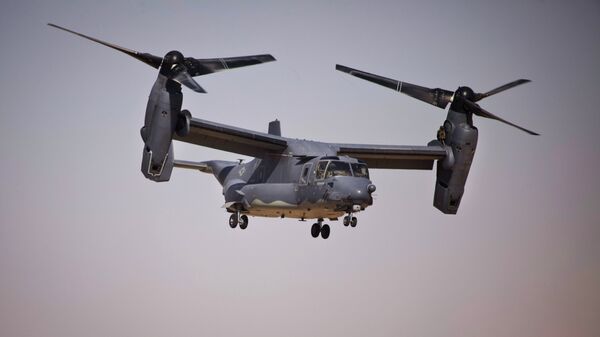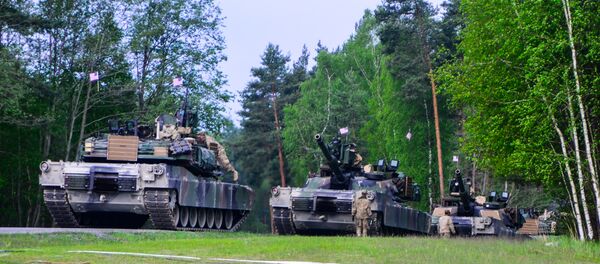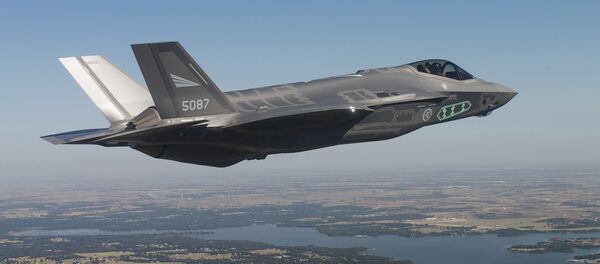“That’s where the Rosetta Stone is going to be,” he said. “If we can start manufacturing flight-critical components, now you’re talking sustainment costs and speed and time; we have some really great opportunities to accelerate.”
Announced by the Navy in October 2014, the “Print the Fleet” effort is now being materialized.
Speaking at the expo on Tuesday, NAVAIR additive-manufacturing product team leader Elizabeth McMichael noted that they are ahead of schedule. The first plans suggested that fully 3-D printed critical flight components would be ready within a three-year period, but it has taken half the time to accomplish the task.
V-22 Osprey critical 3-D printed flight parts include an engine nacelle and a link attachment made of titanium powder, McMichael detailed.
While 3-D printing is not a long process, with nacelle and link attachment taking three days to be made, the certification process is a more complicated procedure, Morley outlined.
“We know so much about material properties in the way we normally create flight-critical components, or what have you, through generations of experimentation, that’s kind of how we nub through the knowledge of, you heat and cool and produce a piece of metal that’s going to take stress and strain and all that.”
In recent years 3-D print-manufacturing has proved to be the “technology [that] lets you go a lot faster than we thought,” McMichael said, but noted that the certification process can take months and, at this point, must be accelerated.
The Navy has been working on 3-D printing for decades, setting a goal of printing critical flight parts “wherever we need them, whenever we need them,” McMichael added.
While NAVAIR is making its initial steps in 3-D printing, other aerospace industry players including General Electric’s aviation arm, are set to be printing some 100,000 parts by 2020.




